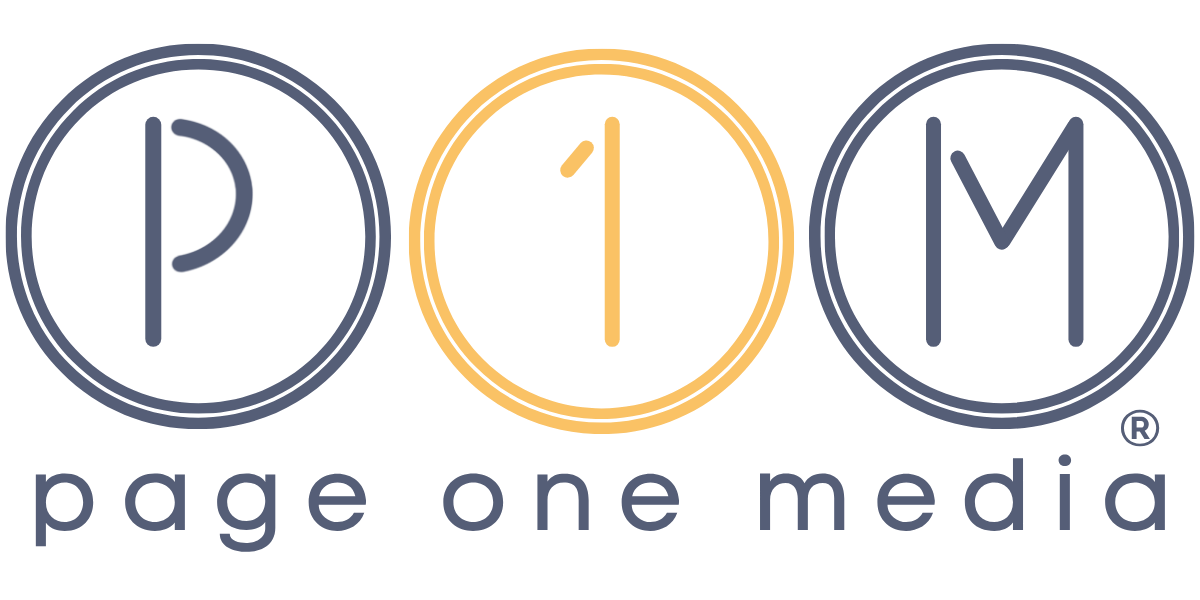
01 Apr What Every Author Needs to Know About Book Publishing Part 2: The Timeline: Production, Editorial, and Sales, oh my!
For this second edition of what every author needs to know about book publishing (you can read the first here), we’re going to cover the timeline from when you hand over your manuscript to when your book is out in the world. It will cover the internal publishing processes for production, editorial, and sales. We’ll talk about timelines, when things happen, and who does what at your publisher. As always, I’ll remind you that these are very hard-working folks who are spread thin and truly do their best so send them a bit of thanks and understanding as you wade through this process.
I’ll preface this post by saying every publishing house is different, and timelines at small presses may be quite different from timelines at the Big 5. Some indies have very, very long timelines because they invest so much in each book. I’ve seen small houses that have galleys a year in advance and despite what many say, a big publishing house can turn on a dime when they want to even if it isn’t their typical process. But more often than not, large publishers have longer timelines for production and smaller houses and university presses tend to have slightly shorter timelines. So, take all of this with a grain of salt and some flexibility.
In my experience most publishers work on a twelve-month publication schedule. I think this is barely enough time if you want galleys at least six months in advance of publication (or preferably longer). Nevertheless, let’s work off the 12-month timeline. For illustrative purposes let’s say your book is publishing in April 2025. You can follow the infographic and I’ll elaborate in more detail here as well.
In April 2024, you finish your book and hand it over to your editor! Congratulations!
In a perfect world, your editor looks at your manuscript right away and sends back any final edits. But building in a little time, we’ll assume your editor gets edits back to you in May. You have a little time to incorporate those edits and hand it back to your editor. Again, we’ll assume that takes you a couple of weeks, so by June 2024, we’re hoping to hand your book over to production (depending on the publishing house, handover meeting may be once a week or every other week, but don’t assume the day you return your edits, you book will be immediately handed over to production—there is an internal process for this too). Lastly, if you are thinking about hiring outside help, now is the time to start talking to those people.
May and June 2024
In May, you will also discuss blurbs with your editor. You will collaborate on and finalize a list of people who may potentially blurb your book. This is much like applying to college. Have one or two aspirational authors, two to three that you feel confident will give you a blurb, and at least one safety—the person you can guarantee will blurb your book for you. Your editor is a big part of this; you’re not on your own.
The launch meeting is when editorial presents all their titles for the next season to publicity, sales, and marketing. This is a meeting where initial thoughts on announced print runs, positioning, and publishing level are decided. That means, they decide if your book is going to be a lead title or fall lower on the investment scale. Advance is taken into consideration when we’re looking at positioning but it’s not the only factor considered.
July, August, and September 2024
Okay, so now three months of your 12-month timeline have already flown by and you’ve only just had handover to production. Next is copyedits. In July or early August, we’re going to hope that you get your first copyedits back from the copyeditor. Copyedits can be the thing that throws a real wrench in the system. If the copyeditor is delayed or you take more than the time allotted for you to deal with the copyedits, it will impact when publicity and marketing get galleys. Almost all galleys are made from “first pass proofs.” This is the proof stage that has undergone one round of copyedits that have then been incorporated into the manuscript by you. First pass proofs have also been flowed through the interior design for your book. It’s not the final book, so media and bookstore buyers know this isn’t the finished product and treat it as such. But it is pretty close. Major changes after this stage can seriously impact the book’s schedule. If an index is being created for the book, changes at this stage will also impact that.
Over the summer months a number of things are happening: production is underway (interior design, as I mentioned), as are the finishing touches on the jacket design, and significant marketing backend work. You will have a point person on the production team, and you shouldn’t be surprised if you don’t meet marketing and publicity yet, that’s normal. Marketing and publicity are working on your book but there isn’t anything for you to do with them yet. They’re setting up metadata, drafting catalog copy, and creating initial promotional plans.
It’s fall! October, November, and December 2024
In October, galleys arrive! The sales reps start having meetings with the key accounts’ buyers (these are the big retailers: Amazon, Barnes & Noble, Books-a-Million, Costco, and others) and the regional sales reps start outreach along with store visits to pitch the list. Publicity starts pitching the book to the media widely and taking select meetings with major media outlets and pitching them the list of books for the whole season. If events are part of your publisher’s promotional plans, they will start booking those now. It’s helpful for them to know cities where you may have a built-in audience—your hometown and places you have strong networks of friends, colleagues, and family. If marketing is doing merchandising, co-op placements, or other promotions in stores, that groundwork is happening now.
In November and December, marketing and publicity are actively expanding their research and plans for the book and conducting initial outreach. They are, hopefully, talking to you and mining your expertise and contacts for ideas and ways to reach your audiences. As initial orders from accounts come in, marketing and editorial are carefully monitoring the sell-in and starting to think about the print run. (December can be a bit of a slow month, it’s a huge selling month for bookstores and reps aren’t bothering them much in December and media is less accessible as well. Many publishers close for the week between Christmas and New Year’s.)
New Year’s and the Home Stretch: January, February, and March 2025
In January and February, everything shifts into high gear. We should start to see significant interest and media confirmations, assignments of book reviews, scheduling interviews, and sending materials to bookstores for events if we’re doing them. Ad plans are set and ad buys are happening. Trade reviews are starting to land (they can come earlier or later, but this is approximately when you can start to expect them).
It’s March! A whole year has passed and finished books land in the warehouse this month. If you’re doing an unboxing video, now is the time to record and post that! Books start to ship out to retailers and publication date is just around the corner. If you’re touring, local media is being booked and confirmed now, and your publicist is checking in that bookstores have everything they need for your event.
Publication date! April 2025
April 2025! Your book is in stores! Reviews are starting to publish, you do radio and podcast interviews, as well as readings and conversations at bookstores. Hopefully you publish an essay or oped which can help pull you out of any silos your book might shift you into; this will help show a broader audience why your insights are important for them to read (and nudges them to go buy your book).
May, June, and July 2025, you continue to do interviews and possibly events. Reviews continue to come in and hopefully other invitations to talk about your book, like talking to students, MFA programs, conferences, or even book clubs.
You put a book out into the world and it’s a phenomenal amount of work. Congratulations! You’ve made it!
Any day now it’s time to start thinking about the next book if you haven’t already (or to take a vacation, I’m going to Disneyland!). You’ve earned a break but hopefully you have a new book idea or have been quietly working on one all along.
Sarah Russo is the founder of Page One Media and a publishing professional for over twenty years. You can connect with her on BlueSky @sarahrusso.bsky.social, Instagram, and LinkedIn. You can follow the work of Page One Media on LinkedIn, @pageonem.bsky.social on BlueSky and @pageonem on Instagram.


